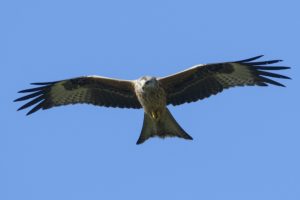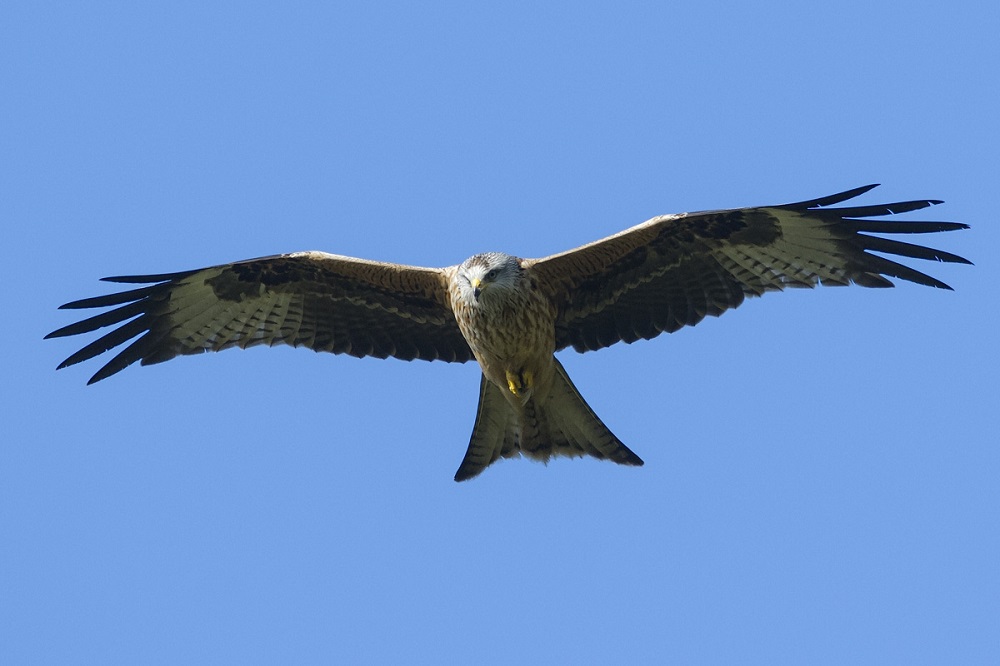
BASC says the evidence has been exaggerated to support claims that lead poisoning is a significant factor in the mortality rates of red kites in the UK.
A study in the European Journal of Wildlife Research has published details of post mortems and toxicology analysis of 162 red kites found dead between 1989 and 2007.
Despite the report focusing on poisoning and linking deaths with the consumption of lead, analysis of the figures showed that lead poisoning accounted for just 3.7 per cent of mortality – second lowest only behind metabolic bone disease.
Physical trauma, including collisions with power lines, was a far more significant factor, accounting for more than a quarter of the deaths. Infectious disease was also a notable cause of death at 17.9 per cent.
Dr Matt Ellis, BASC’s scientific advisor, said: “While red kite populations are declining across southern Europe, the population in the UK is growing faster than in any other country and has risen by 1026 per cent since 1994.
“This is no reason to be complacent and we support evidence-based approaches to tackling the greatest risks to these birds, including the 28 per cent that die from physical trauma such as electrocution from power lines and collisions with vehicles.
“Any bird dying from lead poisoning is an avoidable death and we are working to produce and promote best practice guidance on the ways to mitigate these risks. Red kites scavenge carrion and it is important, therefore, that every conceivable effort is made to collect all shot birds or rabbits.
“However, lead poisoning was implicated in only 3.7 per cent of the deaths and it would be a scandalous waste of precious conservation resources to focus on the second lowest cause of death reported in this species.”
The report also highlights that 11.7 per cent of the red kites died as a result of rodenticide poisoning.
Glynn Evans, BASC’s head of game and deer management, said: “The figures in the report only cover up to 2007, which takes no account of the UK-wide stewardship regime launched in 2015 which encompasses all rodenticide products sold to and used by professionals when applied outside buildings”
“BASC worked with other stakeholders to help develop the scheme for rodenticide users. The purchase of professional rodenticide products is now restricted to persons holding a qualification.
“Recent data shows that rodenticide residues in barn owls, a key indicator species, are no longer rising.”
